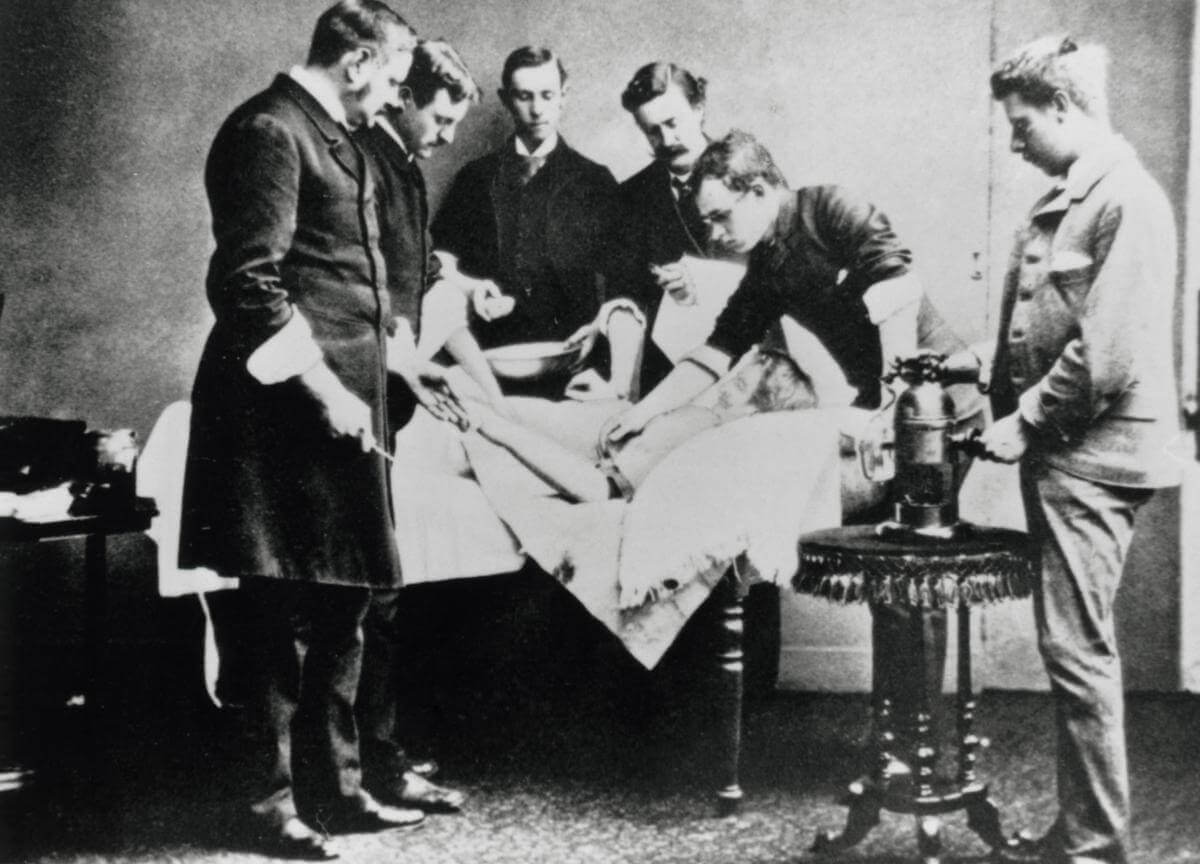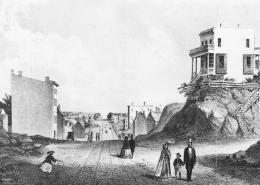Flashback: Carbolic Acid Sprayer


(Science Photo Library)
Joseph Lister revolutionizes the world of surgery with an antiseptic idea.
Upon reading Louis Pasteur’s work on putrefaction as a result of germs in 1865, budding Scottish physician Joseph Lister was struck with a eureka moment: He wanted to stop the outrageously high rate of deaths, a full 40 percent in the case of amputations, from infection acquired as a direct result of surgery.
By 1867, he’d decided that carbolic acid (or phenol, a derivative of coal tar), then being used to cut the stench of sewage, was just the thing. Carbolic acid, Lister determined, should be rubbed on the surgical tools and hands, and the bandages meant to cover the wounds should be soaked in it. Moreover, he suggested, it should be continuously sprayed in the air of the operating theater during the duration of the surgery, even on the surgeons, to ward off germs.
The side effect was a sickly-sweet-smelling yellow cloud, but ”mortality rates dropped to 15 percent using Lister’s so-called“ antiseptic method (as in the surgery above). He had proven the importance of a sterile environment.
By 1890, even Lister had abandoned his skin-corroding, dangerous-if-inhaled-in-large-quantities invention of a carbolic acid sprayer in favor of the surgical gloves and masks still in use today. Not that today’s methods are foolproof either; hospital-acquired infections including staph, still occur. But the transcendent idea of sterilizing surgical wounds and tools, and the surgeons themselves, stuck.
—Johnna Rizzo





